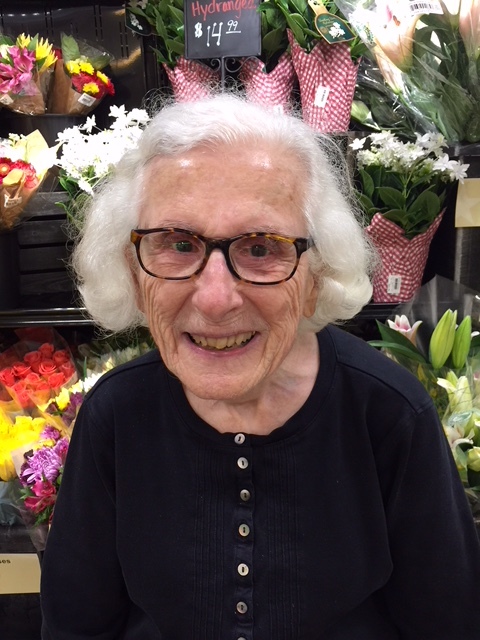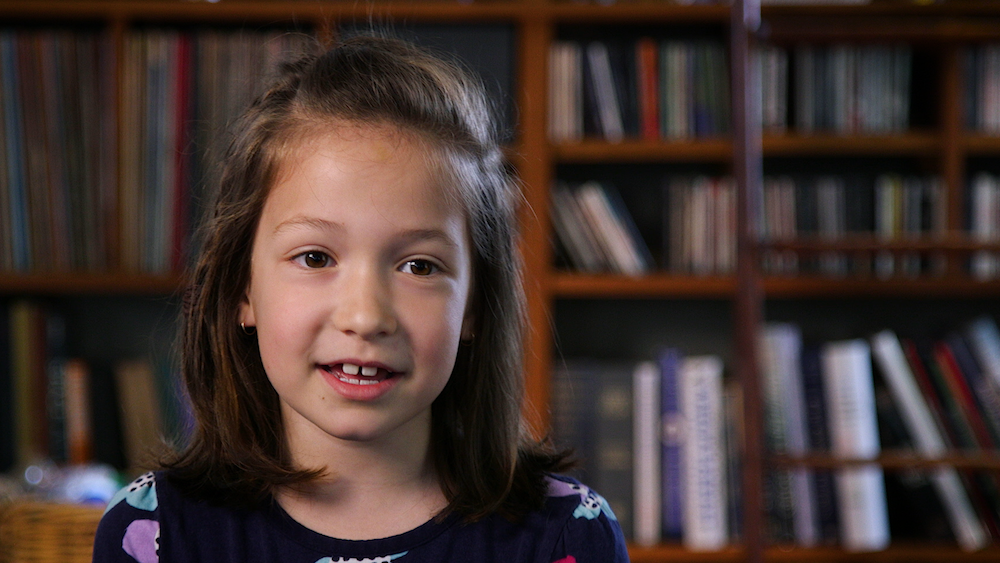By Joe Mussomeli
If there's one thing my brother, Alex, and I love, it’s spending time with our cousins in Maryland. We’ve been visiting them for years now—each stay more fun than the last.
These visits have left us all with happy memories of holding Mario Bros. competitions on the Wii, playing tag downstairs, watching funny movies, and, most importantly, telling stories before bed. When we were little, we used to tell stories to each other all the time. Together we’d create ridiculous parodies of fairy tales taking place in obscure settings, including our own versions of Jack and the Beanstalk and The Jungle Book. We loved telling these stories.
One time, we finished telling our stories and readied ourselves for bed. As usual, my brother Alex took his hearing aid and cochlear implant off in preparation for sleep. After this, our cousin Lara, who was only five years old at the time, asked Alex a question. When he didn’t reply, she repeated her question. To her confusion, he didn’t say anything once more. Lara then called for my mom and asked why Alex wasn’t answering. My mom explained to Lara that when Alex takes off his hearing aid and implant, he cannot hear anything.
“He can’t hear anything?” Lara asked.
“He can’t hear anything,” my mom confirmed.
Lara was silent for a few seconds before she said something; “You know, it’s challenging, but maybe it’s peaceful at times, not hearing a sound. Maybe it’s relaxing for him.”
Though our visits to Maryland are enjoyable, Alex’s hearing loss has presented challenges for our family when we go swimming with our cousins. When Alex was little, he was unable to wear his hearing devices while swimming, for they were not waterproof. This meant that he could not converse with our cousins in the pool; he couldn’t join in on the conversation in a meaningful way. He could talk, but he couldn’t respond. He could swim with them in the pool, splash water in their eyes, and laugh along with them. He just couldn’t hear his own laughter.
We all worried that Alex would get hurt while swimming without his hearing technology. My cousins and I tried our best to help Alex when we were in the pool. We would always swim near him, making sure he was safe. I, in particular, would answer questions anyone was trying to ask Alex when he was in the water. I hope I did my best to help him out during these early years.
All of this changed when something marvelous entered our lives, a waterproof cover for his cochlear implant that makes it usable for swimming. This has made swimming so much better for Alex. He can now hear in the pool and can socialize with others. He can talk with our cousins, splash them with water, and hear his own laughter. Now, whenever someone asks him for his name, he can confidently say, “I’m Alex, what’s your name?”
Joe Mussomeli is a 10th-grade student who lives in Westport, CT. His younger brother, Alex, has been featured in Hearing Health magazine and is a participant in HHF’s “Faces of Hearing Loss” campaign.


















